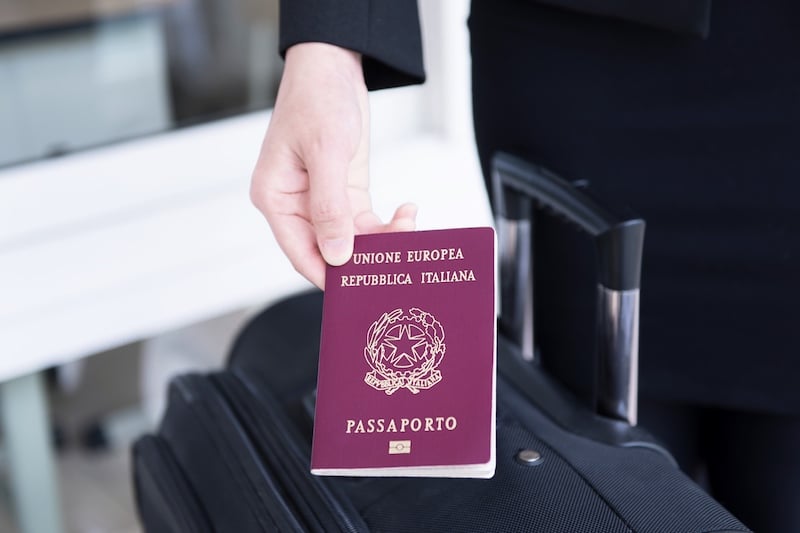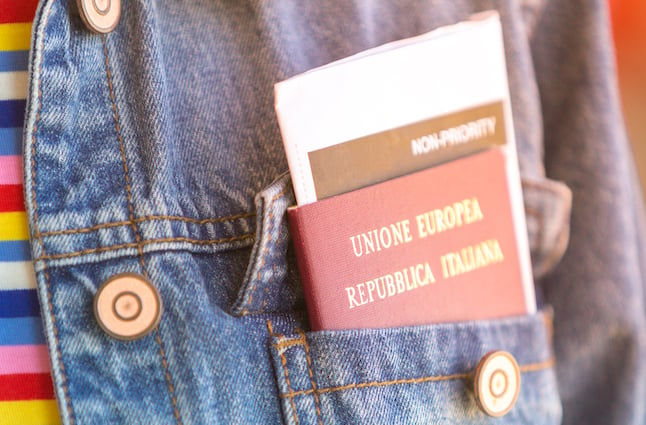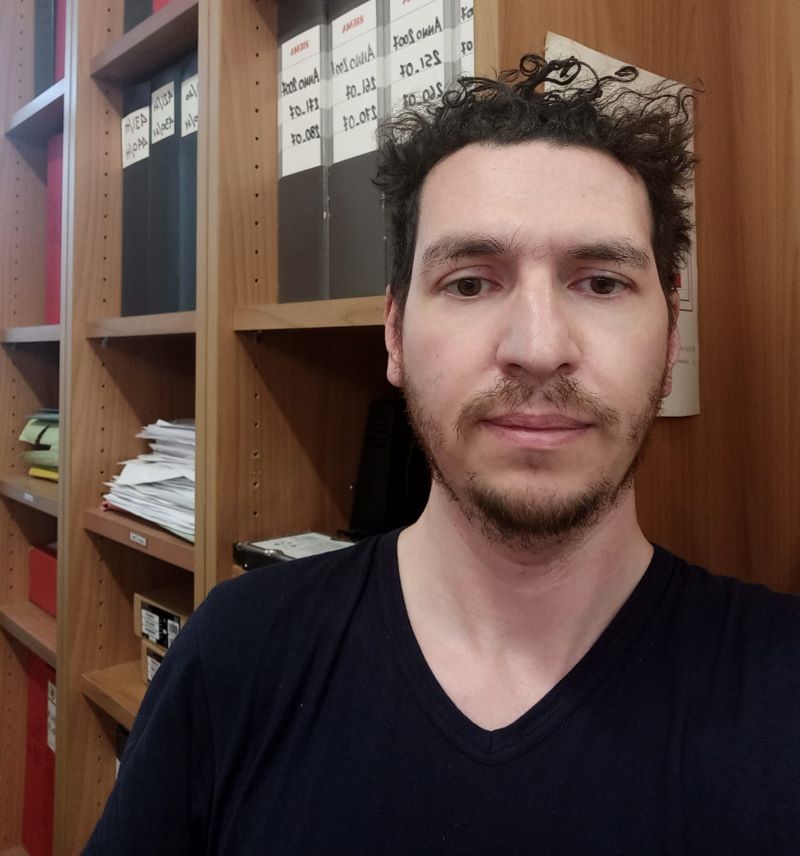Granting visa-free or visa-on-arrival entry to 188 destinations worldwide, Italy's passport comes fourth on the 2020 Henley Passport Index, putting it on a par with Finland and ahead of any other EU country except Germany.
Japan comes in top with easy access to 191 other countries, followed by Singapore with 190, then South Korea and Germany with 189.
Italian nationals gained easy entry to one extra destination in the past year, after Saudi Arabia simplified its visa requirements for several countries including Italy.
Italy's passport, which placed fourth for the third year in a row, has been in the top five since the index began in 2006. It remains more powerful than one from the UK or US, which have visa waivers with 184 countries, Irish passports (185), or those from Canada, Australia or New Zealand (183).

Photo: DepositPhotos
While an Italian passport will allow you to enter any EU country without extra paperwork, you'll still need to apply in advance for a visa to visit Russia, China, India or 35 other destinations.
Another 35 countries will allow you to apply for a visa on arrival, while 11 other destinations, including the US, Canada and Australia, don't ask Italian nationals for a visa but do require them to obtain an electronic travel authorization in advance.
Schengen Area countries have traditionally topped the index thanks to the open access they provide to large parts of Europe, but Asian countries are catching up thanks to strengthened international trade and diplomatic relations.
Global citizenship and residence advisory firm Henley & Partners produces the Henley Passport Index each year using data from the International Air Transport Association. The index surveys 107 different passports and the access they provide to more than 200 countries worldwide.
FOR MEMBERS:




 Please whitelist us to continue reading.
Please whitelist us to continue reading.
Member comments